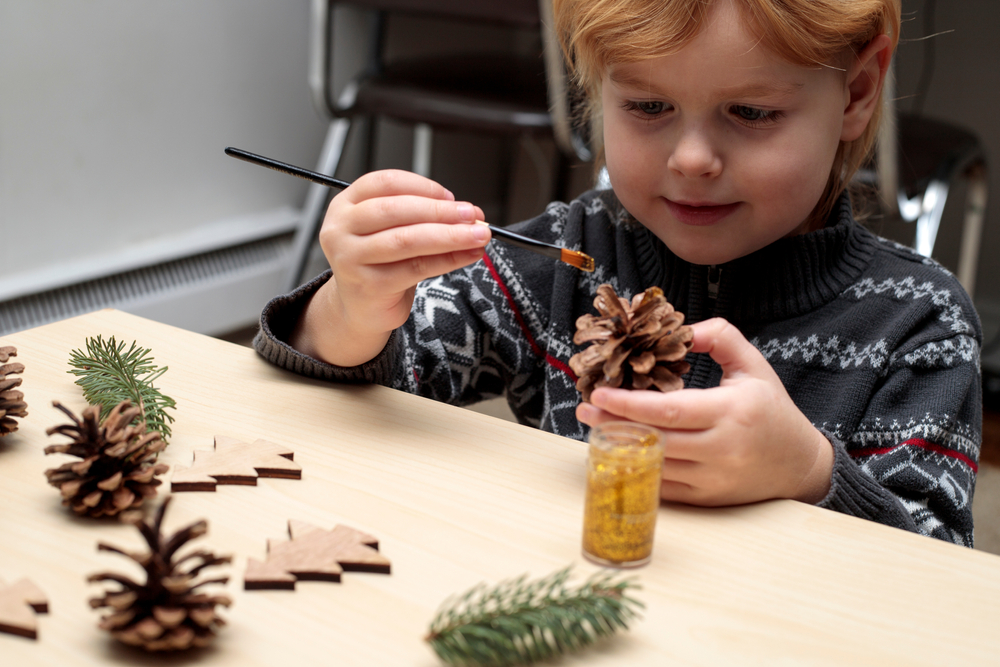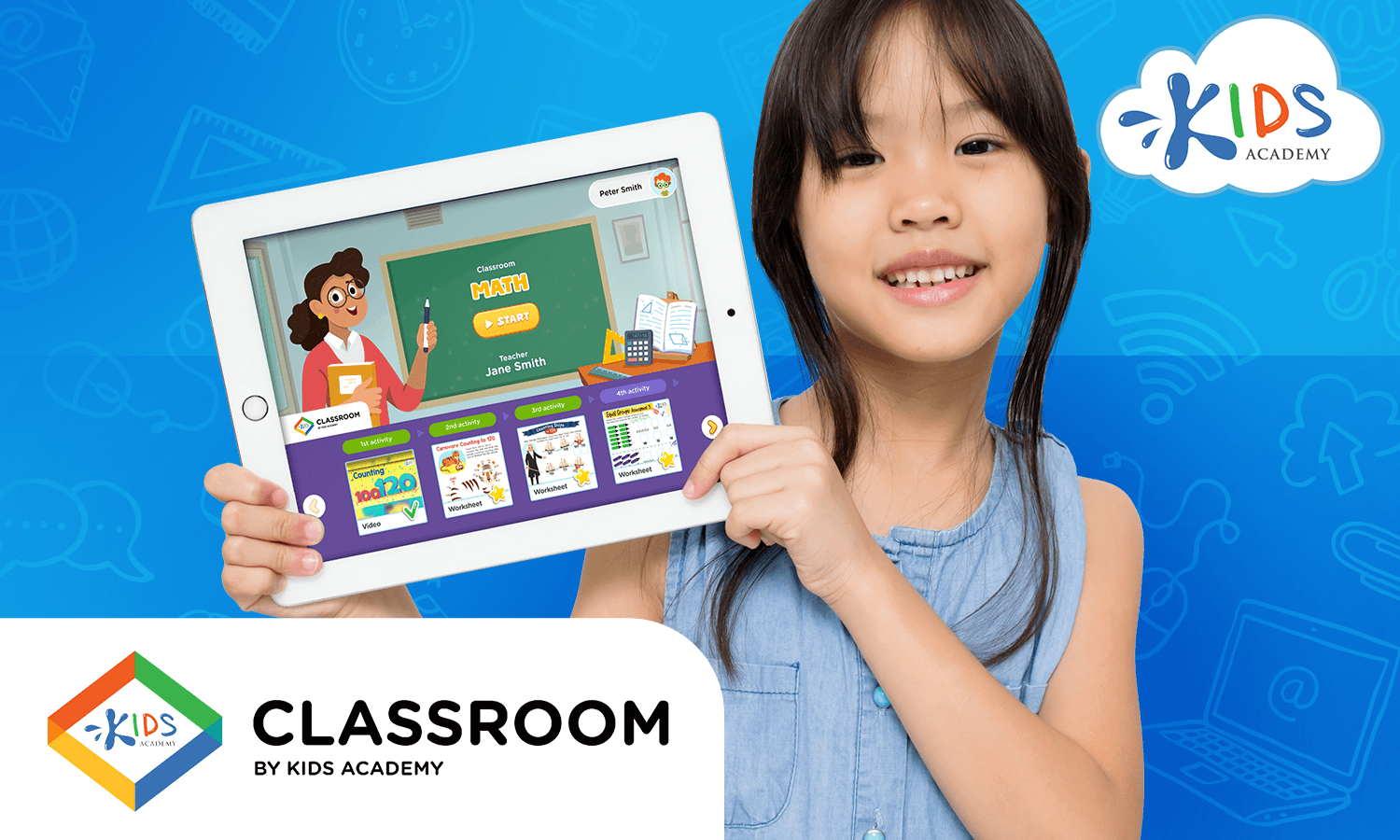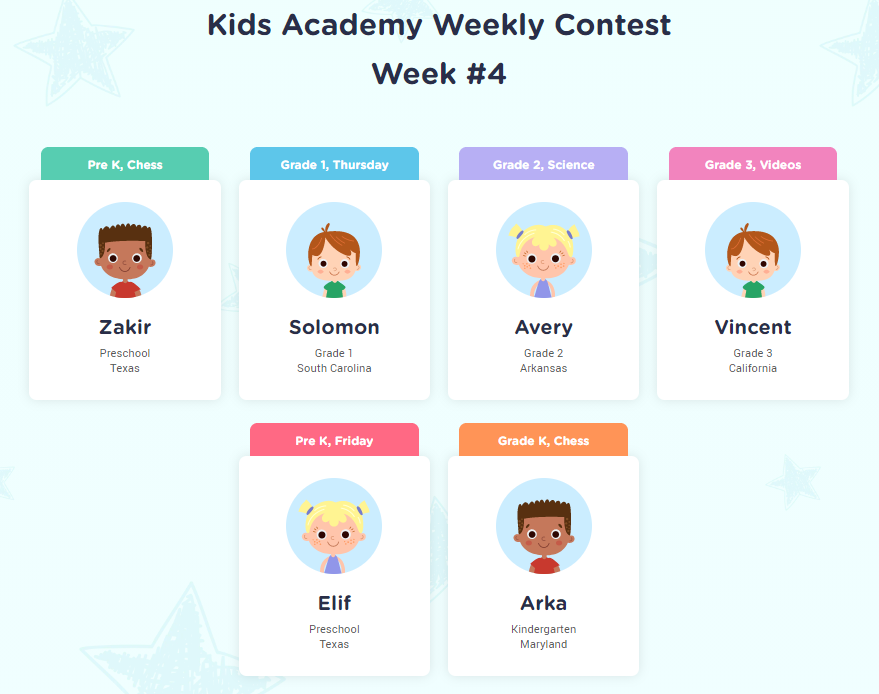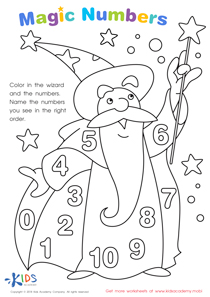Comparing lengths Extra Challenge Worksheets for Ages 6-9
6 filtered results
-
From - To
Enhance your child's understanding of measurement with our “Comparing Lengths Extra Challenge Worksheets” designed for ages 6-9. These engaging worksheets provide an excellent opportunity for young learners to develop essential skills in comparing and measuring lengths. Featuring a variety of stimulating activities, children can practice using standard and non-standard units, encouraging critical thinking and problem-solving abilities. Perfect for classroom learning or at-home practice, these worksheets foster independence and confidence in math. Watch your child excel as they tackle these exciting challenges and gain a solid foundation in comparing lengths while having fun! Start their learning journey today!
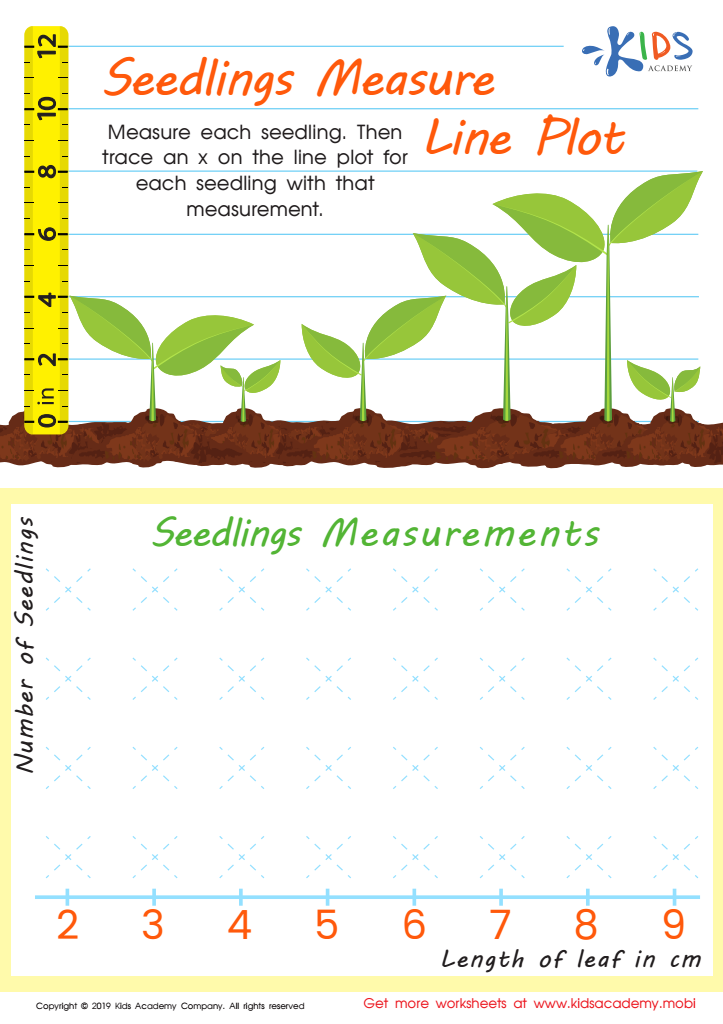

Seedling Measure Line Plot Worksheet
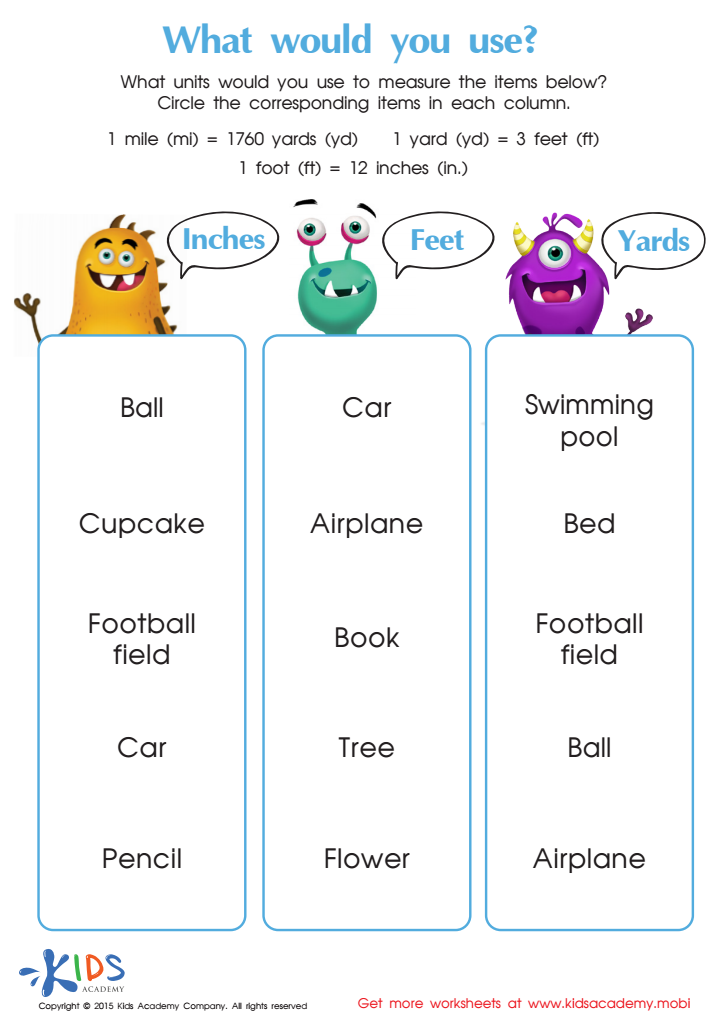

Learning about measuring objects in inches, feet and yards Worksheet


Lets Measure Length Worksheet


Length Word Problems Worksheet
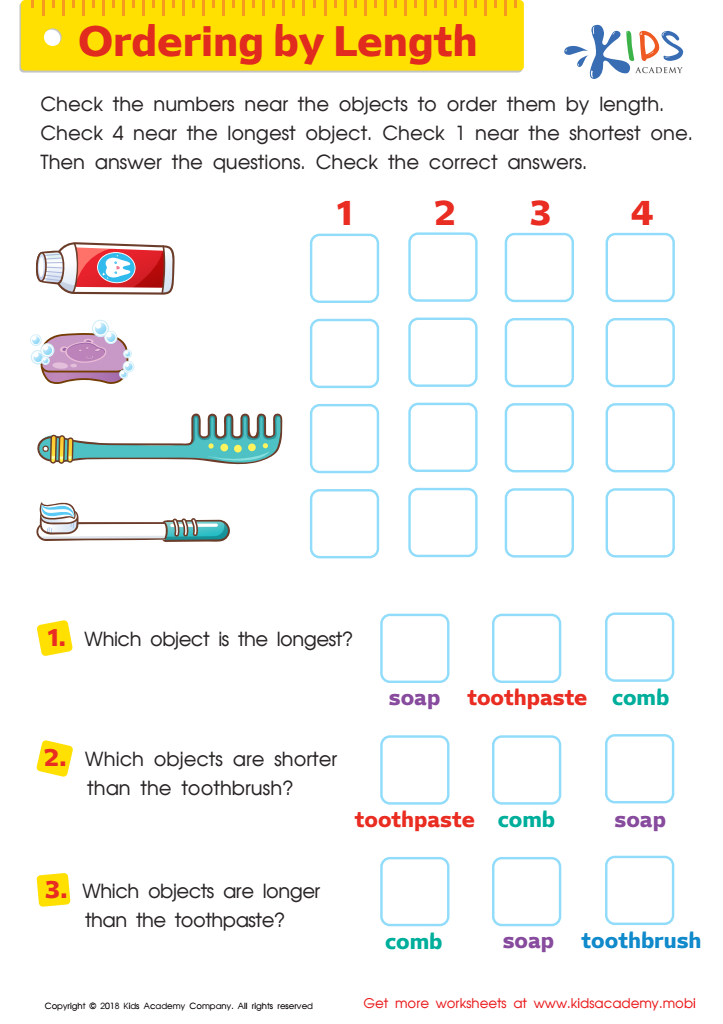

Ordering by Length Worksheet
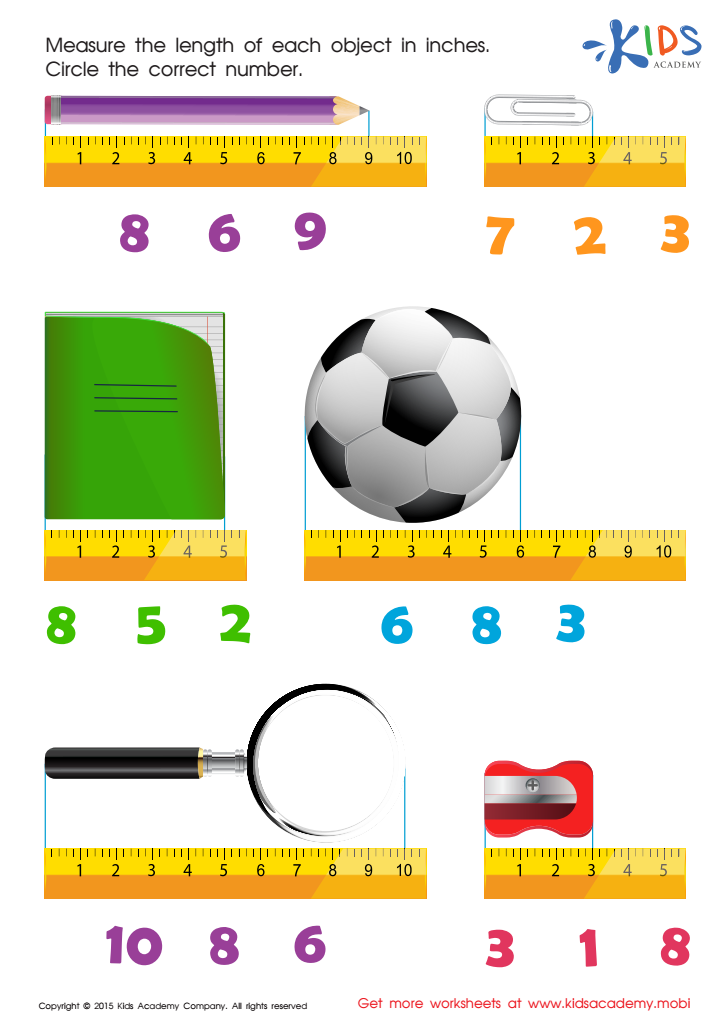

Learning measuring objects in inches Worksheet
Comparing lengths is a crucial foundational skill for children aged 6-9, and it can have significant implications for their overall learning and development. Parents and teachers should prioritize this concept as it enhances children's understanding of measurement, fosters critical thinking, and boosts their problem-solving abilities. When children compare lengths, they engage in hands-on activities that promote spatial awareness and improve their ability to visualize and manipulate numbers and objects.
Additionally, comparing lengths provides a practical context for learning mathematical concepts. It equips children with essential skills they can apply in everyday life, such as when measuring ingredients in cooking or determining how much material they need for a project. This practical application helps solidify their understanding of mathematics in real-world situations.
Moreover, this skill supports literacy development as children learn to articulate their reasoning through language, promoting both communication and cooperative learning among peers. Encouraging children to engage in extra challenges related to comparing lengths not only enhances their cognitive skills but also instills a sense of confidence in their abilities. In essence, nurturing these skills at a young age prepares children for advanced mathematical concepts and promotes lifelong learning.

 Assign to My Students
Assign to My Students




